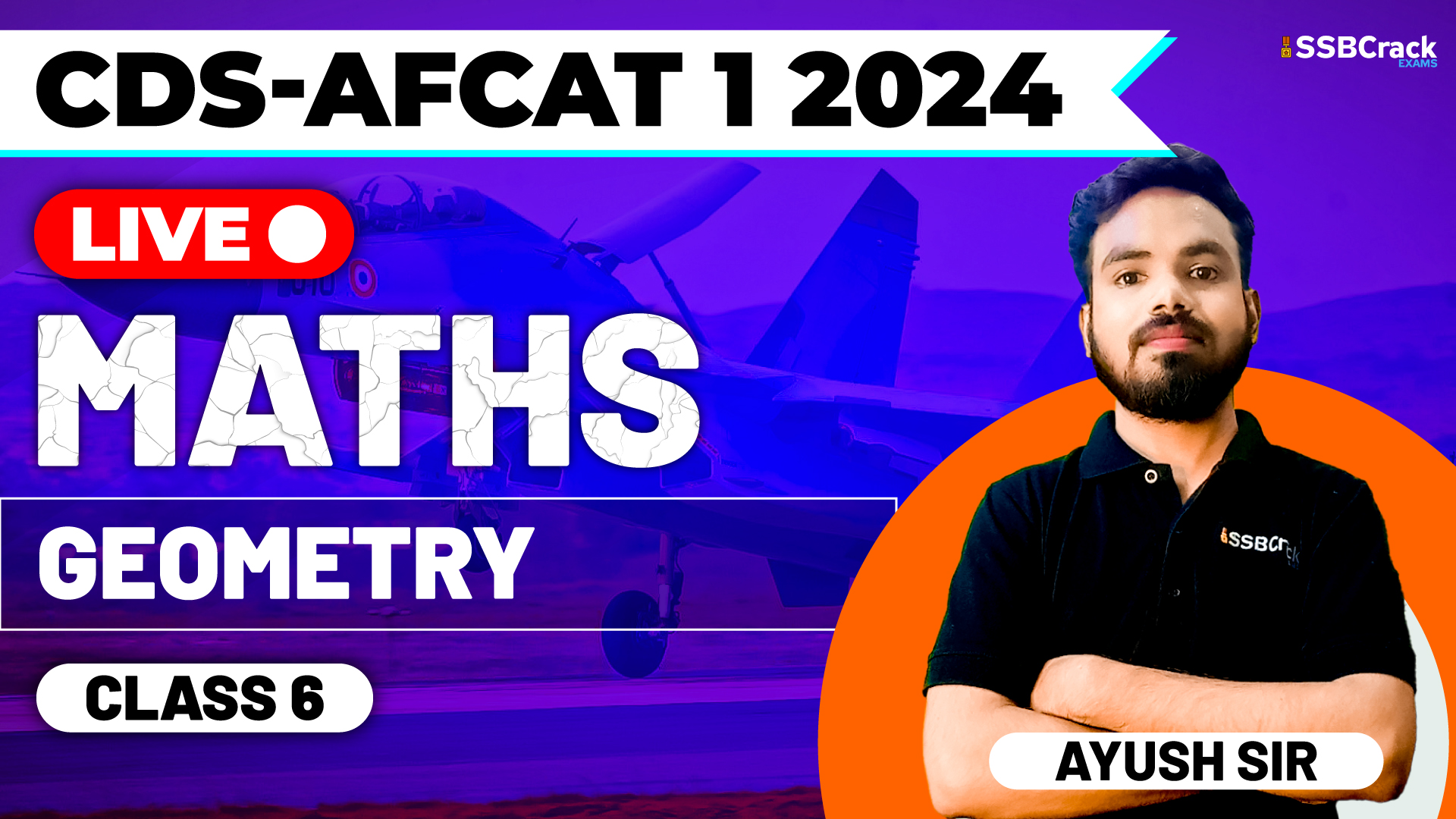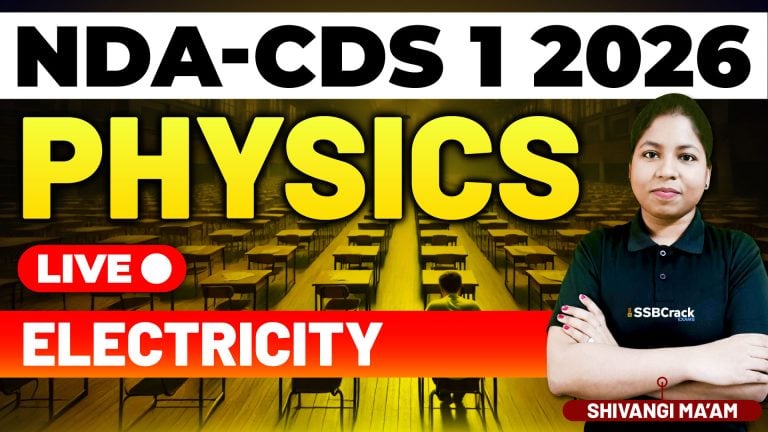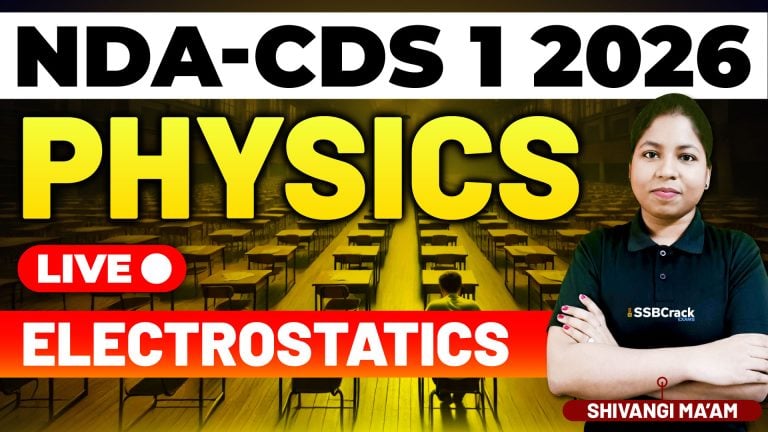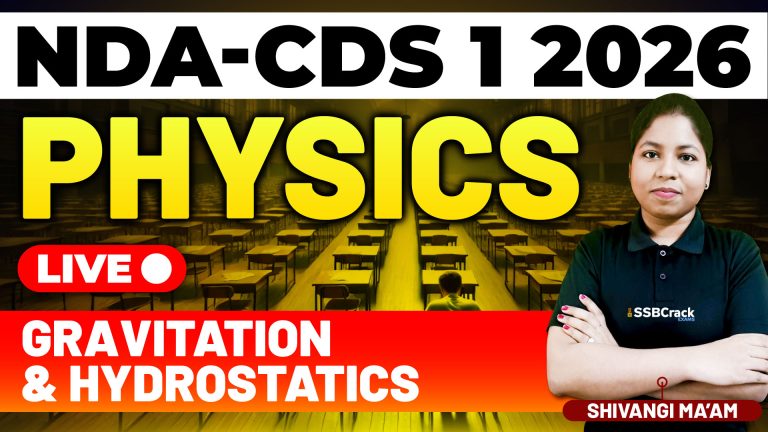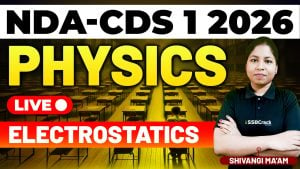Geometry, the study of shapes and spatial relationships, takes on a pivotal role in the AFCAT-CDS 1 2024 Exam Math Geometry Class 6. This live session, dedicated to the exploration of previous year and important questions, went beyond theoretical discussions to provide candidates with practical insights and strategic problem-solving skills. In this blog, we will delve into the key takeaways from the class, emphasizing the significance of revisiting past exam questions and the application of geometric principles through illustrative examples.
Reinforcing Core Concepts: The class initiated with a brief reinforcement of fundamental geometric concepts. From angles and polygons to circles and three-dimensional shapes, participants revisited the essential elements of geometry. This foundational review aimed to fortify participants’ understanding and prepare them for the more intricate problem-solving challenges that lay ahead.
- Holistic Approach: A holistic approach was emphasized, showcasing the interconnectedness of geometric concepts. By revisiting core principles, participants gained a broader perspective, enabling them to approach complex geometric scenarios with a more comprehensive understanding.
- Pattern Recognition: A key focus of the class was on pattern recognition—a skill essential in mastering geometry. Participants were encouraged to identify recurring patterns and apply them strategically to solve diverse geometric problems, enhancing their ability to navigate the varied challenges of the AFCAT-CDS 1 2024 Exam.
Previous Year Questions: The heart of the class lay in the exploration of previous year questions, offering a unique opportunity for candidates to familiarize themselves with the exam’s structure, question types, and level of difficulty.
- Insights into Exam Pattern: Dissecting previous year questions provided invaluable insights into the exam pattern. Participants gained a deeper understanding of the distribution of question types, allowing them to tailor their preparation to align with the exam’s expectations.
- Level of Difficulty Analysis: The class facilitated an analysis of the level of difficulty associated with previous year questions. By encountering questions of varying complexity, participants were better equipped to gauge their readiness and refine their strategies for tackling different levels of difficulty in the actual exam.
- Strategic Time Management: Efficient time management is crucial in any exam, and the class offered strategies for navigating through geometric problems within the constraints of time. Participants learned to identify quick-solving techniques, prioritize questions, and allocate time judiciously based on the complexity of each problem.
Important Questions Discussion: Building upon the insights gained from previous year questions, the class extended to a comprehensive exploration of important questions related to geometry. These questions were carefully selected to cover a diverse array of topics within the geometric landscape.
- Diverse Problem Scenarios: Participants encountered a variety of problem scenarios, each designed to test their understanding of different geometric concepts. From intricate angle relationships to complex three-dimensional geometry, the class ensured that candidates were well-prepared for the spectrum of challenges they might face in the exam.
- Application of Multiple Concepts: Understanding the interconnectedness of geometric concepts was a recurring theme. Many questions required the application of multiple theorems and rules, challenging participants to synthesize their knowledge and apply it strategically to solve complex geometric puzzles.
Practical Examples and Real-world Application: Theoretical discussions were complemented by practical examples that mirrored real-world problem-solving scenarios. Participants were not merely solving equations; they were navigating through diverse geometric landscapes, applying their knowledge to derive practical solutions.
- Scenario-based Learning: Practical examples were presented as scenarios candidates might encounter in real-life problem-solving situations. This approach ensured that participants were not only proficient in theoretical concepts but were also adept at translating that knowledge into practical solutions, a crucial skill for success in competitive exams.
- Problem Solving as a Skill: The emphasis was not solely on obtaining correct answers but on developing problem-solving skills as a valuable asset. Participants were encouraged to think critically, analyze given information, and strategize their approach before delving into the solution.
Conclusion: AFCAT-CDS 1 2024 Exam Math Geometry Class 6 wasn’t just an exploration of geometry; it was a strategic journey through the practical application of geometric principles. By revisiting core concepts, dissecting previous year questions, and delving into important problems, participants left the class armed with not only theoretical knowledge but also the skills needed to navigate the geometric challenges of the upcoming exam.
The focus on pattern recognition, time management, and real-world application ensures that aspirants are well-prepared to tackle the diverse array of questions they may encounter. As candidates continue their preparation journey, the insights gained from Geometry Class 6 will serve as a valuable asset. Armed with a strategic approach to problem-solving and a comprehensive understanding of geometric principles, participants are now better equipped to tackle the geometric dimension of the AFCAT-CDS 1 2024 Exam with confidence and precision. The geometric prowess, once perceived as a daunting challenge, has been mastered, thanks to the comprehensive insights and practical knowledge imparted in AFCAT-CDS 1 2024 Exam Math Geometry Class 6.
